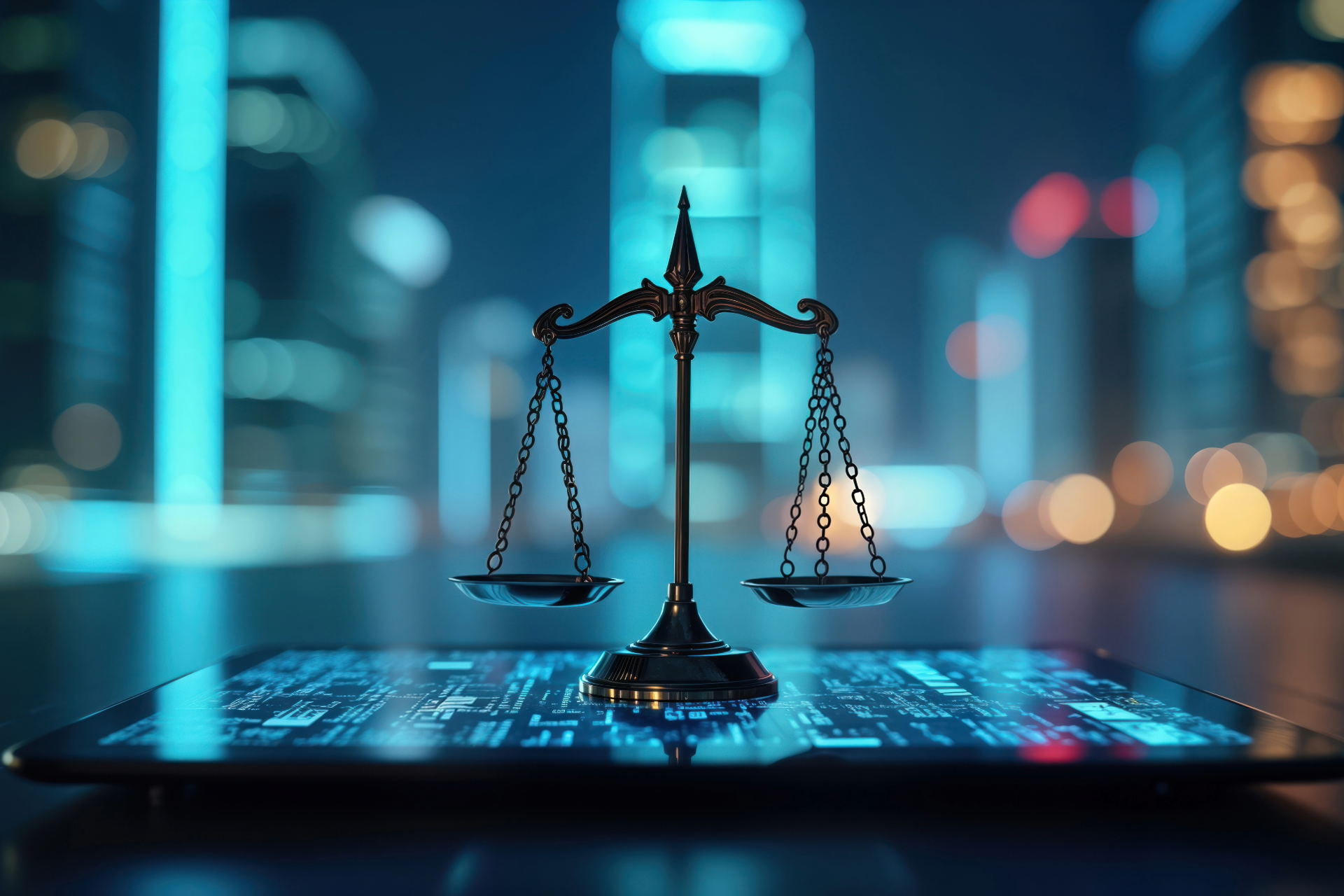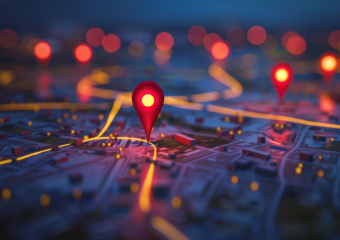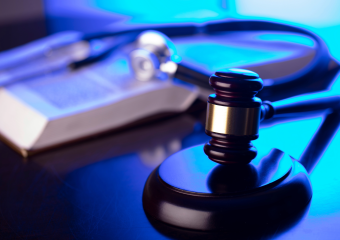Justice for Animals Starts Here: AI-Enhanced Legal Services for Cruelty Cases
Justice for Animals Starts Here: AI-Enhanced Legal Services for Cruelty Cases
Justice for animals starts here, with the integration of cutting-edge technology into the pursuit of legal remedies for animal cruelty. In recent years, the rising awareness surrounding animal rights has led to more stringent laws against animal cruelty across the globe. Yet, enforcing these laws and achieving convictions in such cases has often been frustratingly ineffective. However, a transformative solution is emerging: AI-enhanced legal services. This technology promises to revolutionize how legal systems deal with cases of animal cruelty, ensuring better outcomes for animals and holding offenders accountable more effectively.
The Role of AI in Battling Animal Cruelty
Artificial Intelligence (AI) has permeated various sectors, from healthcare to finance, improving efficiency and solving complex problems. Its integration into legal services for animal cruelty cases is a noteworthy advancement. AI can analyze vast amounts of data at speeds that are unattainable for human beings. This capability is particularly useful in legal contexts where evidence from multiple sources, such as videos, photos, and witness reports, must be consolidated and analyzed quickly.
AI tools can help legal professionals in several ways. For one, they can rapidly sift through case law to find relevant precedents, which can strengthen the arguments in a court case. AI can also assist in drafting and reviewing legal documents, ensuring they meet the required standards and are filed within deadlines. Moreover, predictive analytics powered by AI can help assess the likelihood of different outcomes based on historical data, aiding lawyers in formulating robust strategies.
Enhancing Investigation and Evidence Gathering
A crucial aspect of prosecuting animal cruelty cases is the ability to gather irrefutable evidence. AI technologies, such as image recognition software, play a pivotal role here. They can analyze photographs and videos to identify signs of abuse that might not be immediately obvious to the human eye. For example, AI can detect minute changes in an animal’s physical condition over time, suggesting neglect or abuse.
Moreover, AI-driven drones can be deployed to surveil large properties where illegal animal fighting or harsh treatment of farm animals is suspected. These drones can cover vast areas and collect high-resolution images that are otherwise difficult and costly to obtain.
Streamlining Legal Processes
The legal world is notorious for its complex and time-consuming processes. AI can streamline these dramatically, making the justice system more efficient and responsive. Traditional tasks involving the sorting and filing of paperwork can be automated, reducing the risk of human error and allowing legal staff to focus on strategic elements of the case.
Furthermore, AI-powered chatbots can provide initial legal advice to individuals reporting instances of animal cruelty. These bots can guide whistleblowers on how to collect and submit evidence or explain what to expect throughout the legal proceedings. This immediate, accessible support can encourage more people to come forward and report abuses.
The Future Outlook
As AI technology continues to advance, so too will its applications in the fight against animal cruelty. Future advancements may include real-time monitoring systems for livestock and domestic pets, capable of alerting authorities to signs of distress or harm automatically. Additionally, AI could be integrated into national animal welfare databases, facilitating the tracking of abuse cases and repeat offenders, ensuring they are brought to justice.
Conclusion
AI-enhanced legal services are setting a new precedent in the realm of animal rights, providing a beacon of hope for more timely and effective justice for animals. These technologies not only enable the meticulous and rigorous handling of evidence but also offer the potential to deter future abuses by ensuring that perpetrators are held accountable. As we continue to develop and integrate these technologies, the phrase “justice for animals starts here” could soon become a robust reality, heralding a new era of advocacy and protection for all beings.





